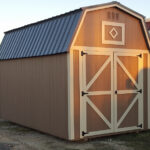
Smart Shed Organization Ideas for 2025 | Wolf Valley Buildings
June 27, 2025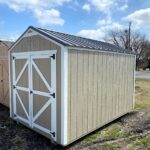
Best Shed Materials for Texas Weather | Wolf Valley Buildings
June 29, 2025⚡ How to Add Electricity to Your Shed in 2025
If you’re tired of hauling extension cords to your backyard shed or working by flashlight, you’re not alone. More and more homeowners are choosing to add electricity to their sheds—and not just for convenience. In 2025, an electrified shed means more than light. It means power tools, charging stations, Wi-Fi routers, fans, and even heating or cooling systems.
In this blog, we’ll walk you through the steps, safety tips, and smart choices to add electricity to your shed safely and effectively.
Why Add Electricity to Your Shed?
Adding electricity to your shed opens the door to new functionality. Whether you want a workshop, garden prep zone, home office, or man cave, power is the key. In fact, one of the top search trends of 2025 is:
“How to add electricity to a shed the right way.”
Let’s make sure you do it legally, safely, and efficiently.
Check Your Local Permits 📝
Before you start anything, check with your local building department. Most counties require permits to run electrical wiring to a detached building. The process often includes:
Submitting a plan
Scheduling inspections
Following residential electrical codes
This isn’t the step to skip. Failing to get a permit could result in fines—or worse, a fire hazard from improper wiring.
How to Choose Power When You Add Electricity to Your Shed🔌
There are three main ways to add electricity to your shed:
-
Permanent Underground Feed – The most reliable and code-compliant method. A trench is dug to run electrical conduit from your house panel to the shed.
-
Overhead Wiring – Not always allowed. It can be cost-effective in rural areas but may not be as safe or attractive.
-
Solar Power – Perfect if your shed is far from your home or you want an eco-friendly setup.
If your shed is over 50 feet from your main house, solar panels or a separate subpanel might be the smartest solution.
Run Conduit for Safety 🛠️
Always use conduit when burying wiring underground. PVC conduit is budget-friendly, while metal conduit is highly durable. Conduits protect wires from moisture, pests, and shifting soil.
Pro tip: Dig the trench at least 18 inches deep (or per local code) and mark it with caution tape once buried.
Add GFCI Outlets and Light Switches 💡
Once power is inside, install GFCI (Ground Fault Circuit Interrupter) outlets. They’re required in outdoor buildings and protect against electrical shocks.
You’ll likely want:
2–4 outlets
A light switch
An overhead light or LED strips
A power strip mounted to the wall
For workshops, consider a dedicated outlet for power tools.
Consider a Small Breaker Panel
If your shed will have multiple outlets, heavy-duty tools, or a mini HVAC system, install a subpanel. This allows you to manage circuits separately and provides a clear power cutoff.
You’ll also need grounding rods for safety and surge protection.
Solar Power Option ☀️
For sheds off the grid or far from your home’s breaker box, solar shed kits are becoming a top choice in 2025. These kits typically include:
A panel (100–400 watts)
Charge controller
Battery
Inverter
It’s enough to power LED lighting, small tools, a fan, and phone chargers.
Keep in mind that solar is best for low-draw setups, not full workshops.
Shed Lighting Tips 💡
Once you add electricity to your shed, you can get creative with lighting:
LED Strip Lights – Mount under shelves or along rafters.
Motion Sensor Lights – Great for automatic on/off.
Clamp Lights or Hanging Fixtures – Ideal for workbenches.
Choose warm or cool lighting based on how you’ll use the space.
Safety First: Hire a Pro If Needed
Electricity is no place to guess. If you’re not confident working with wires, hire a licensed electrician. They’ll:
Pull the permit
Handle inspections
Install everything to code
Provide peace of mind
Even if you’re handy, it’s worth getting a consultation—especially if your shed will have ongoing power needs.
Internal Links:
To get the most out of your powered shed, check out these related posts:
Ready to Add Electricity to Your Shed? ⚡
Adding electricity to your shed isn’t just about light—it’s about freedom. Power tools, better lighting, heated spaces, and full-blown functionality are all within reach.
Whether you’re building new or retrofitting an existing shed, Wolf Valley Buildings is here to help. Our team offers custom sheds with electrical packages included—saving you time, money, and headaches.
👉 Ready to electrify your space? Contact us now to design your perfect powered shed!
External Link:
https://www.tdlr.texas.gov/

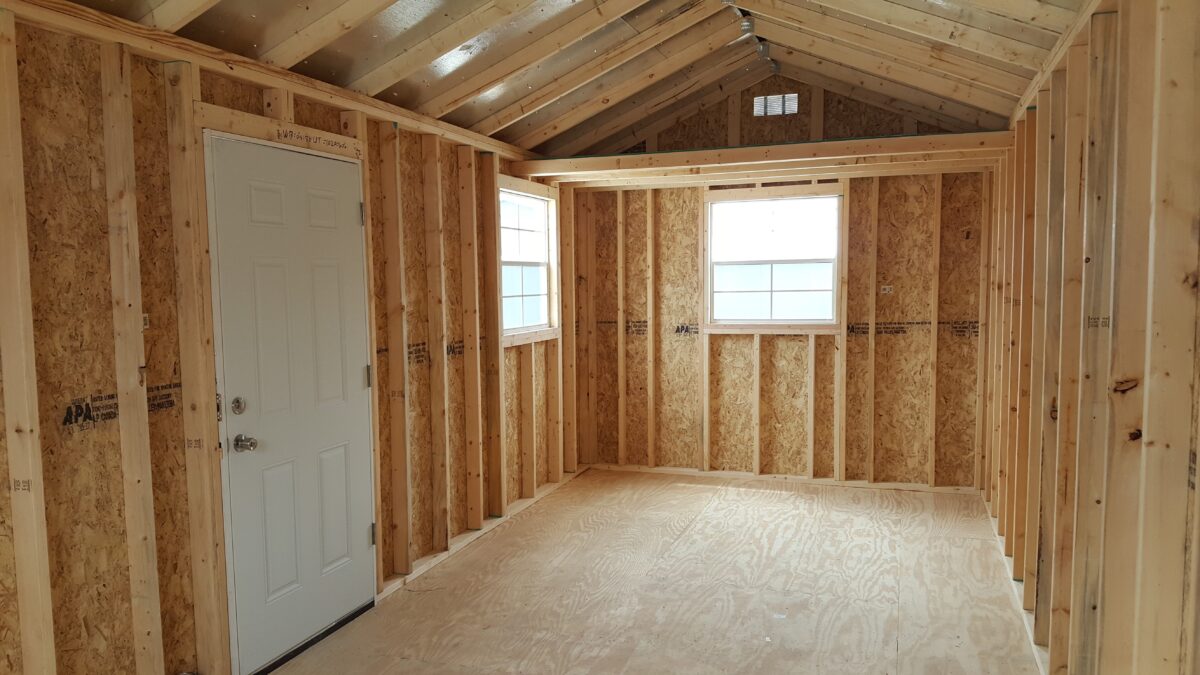
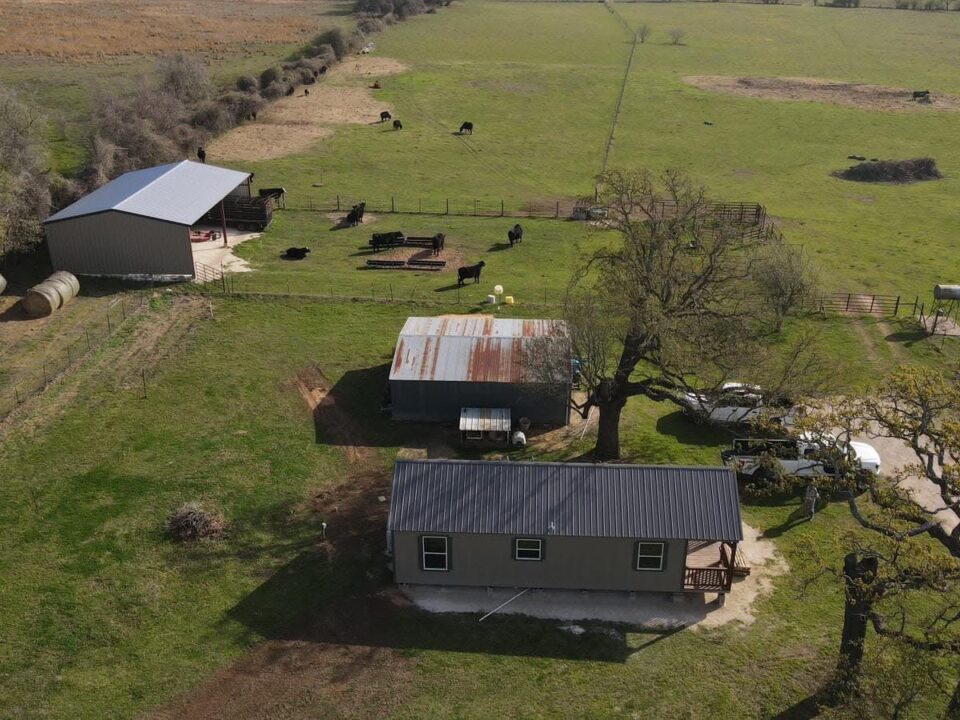
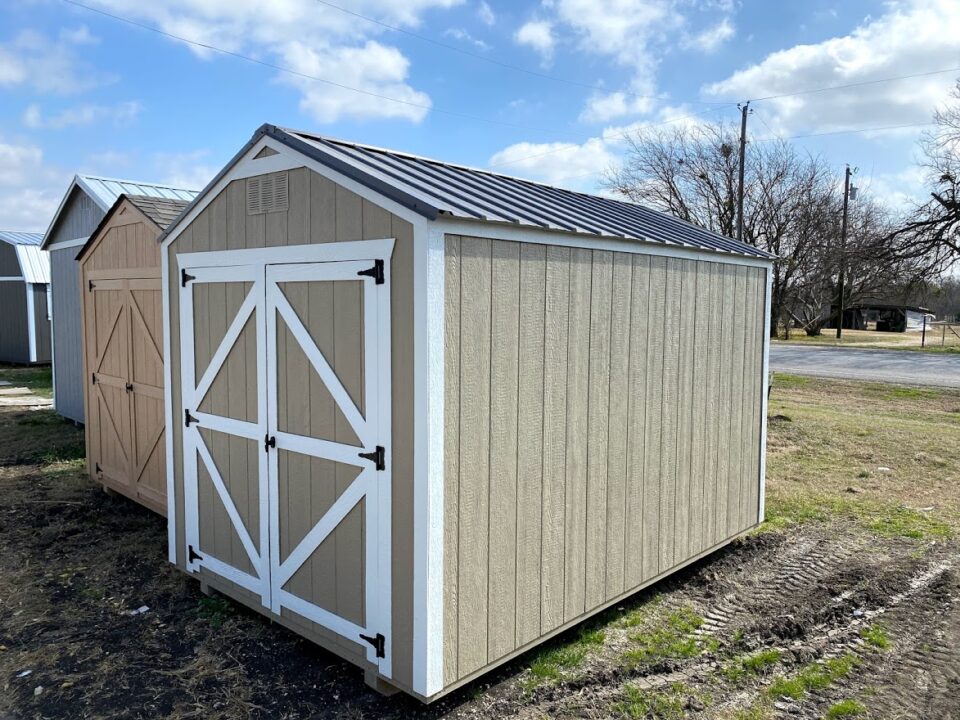
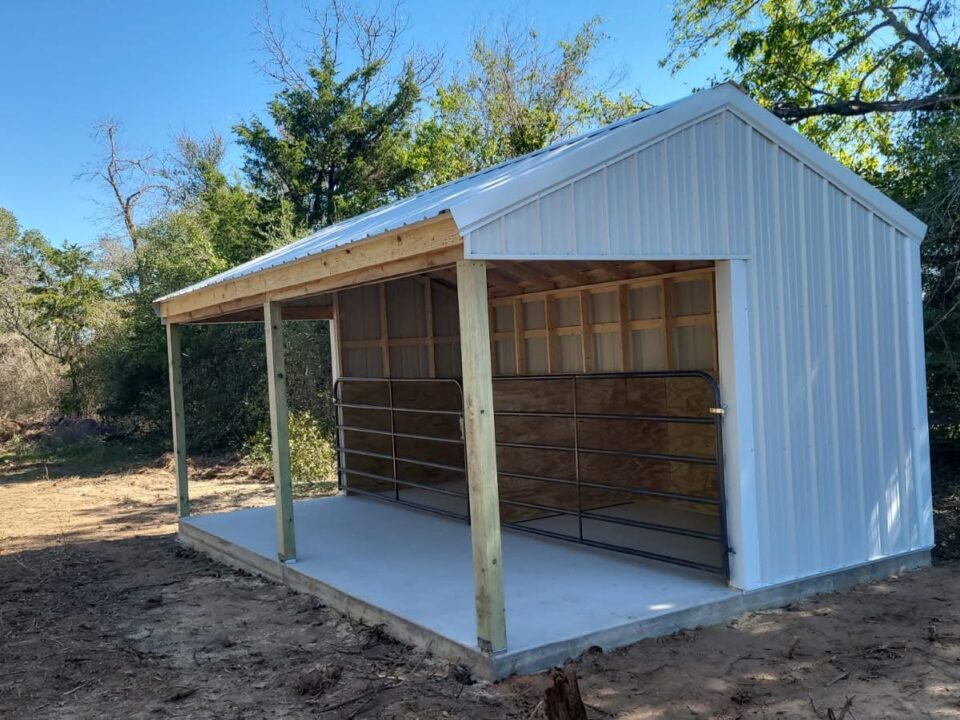

1 Comment
My brother suggested I might like this blog. He was totally right.
This post truly made my day. You cann’t imagine simply how much time I had spent for this information! Thanks!